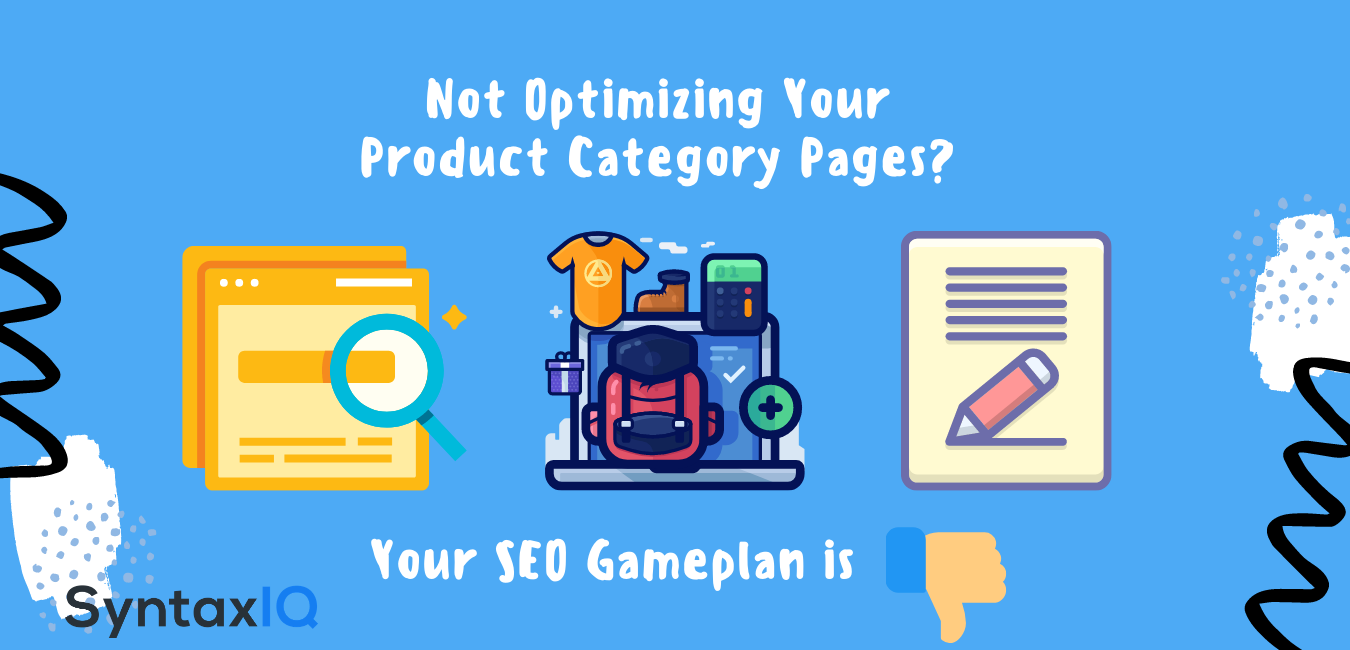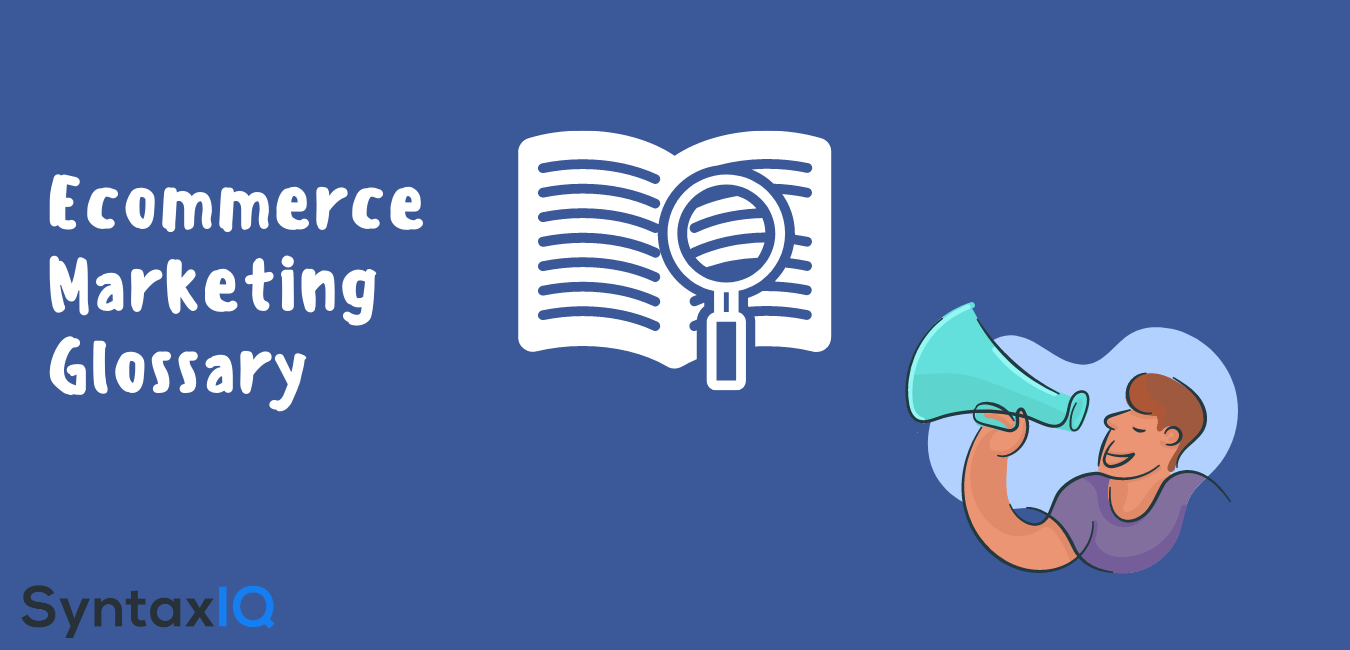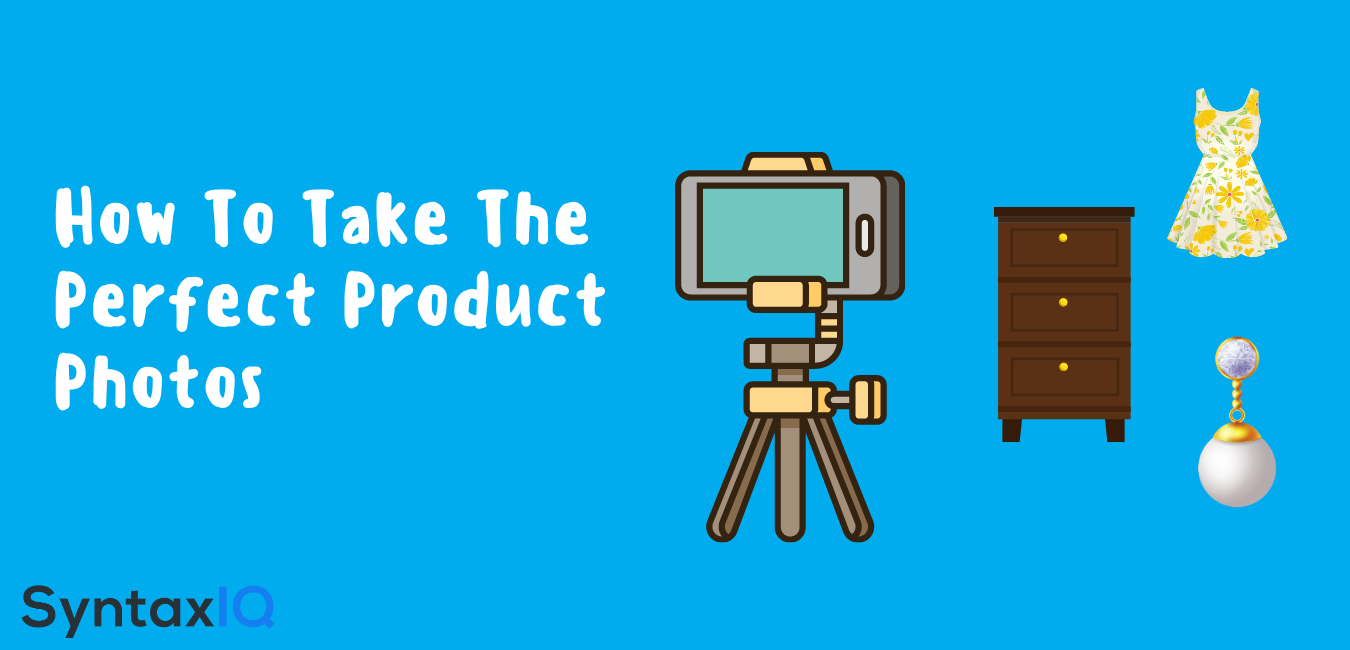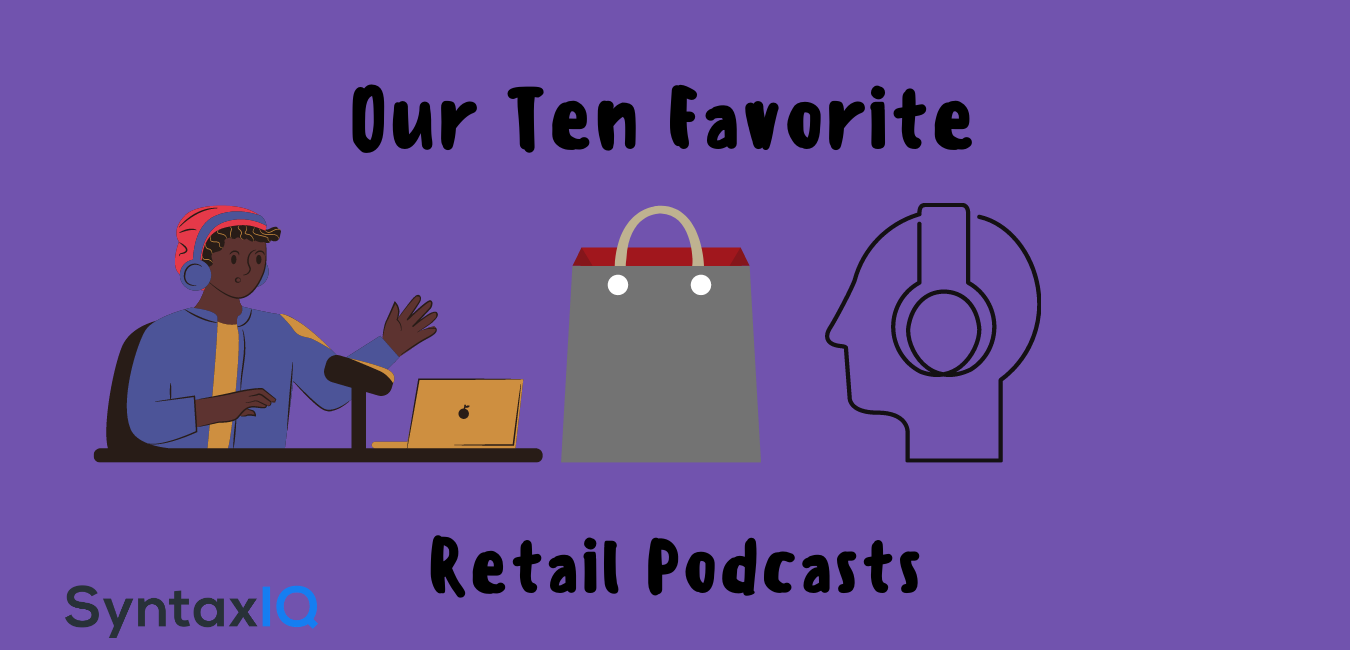Optimizing SEO for Product Category Pages
By Paul Wynter January 8, 2020
The whole point of having your store online and functioning is to get customers to your pages and to sell your products. We all know about the power of SEO for online selling, but what about applying it to the actual pages that we’re working on? How do you best use it in your online store? One of the key details to focus on is a category page. While there are some online shops that forgo this important landing page, it can make the difference between earning a sale or not, and it’s prime real estate for SEO benefits.
How is a category page helpful?
The format of a category page may change depending on what website design you’re using as well as what your category pages are displaying, but you can expect these kinds of benefits from putting proper time and effort into your category pages:
• It educates customers and welcomes them in: The category page is similar to a landing page. Your customer comes to it and uses what they see to help them determine if they want to buy or not. If they seem nice little blurbs of text that aren’t too long and are focused on the category products, they’ll stay awhile and take a look around. Your customer becomes educated and often will convert to a sale.
• It helps search engine rankings: When keywords are used in the category descriptions, you are helping search engine crawlers rely on more to rank you. You’ll be able to even rank higher than you would have otherwise simply because you have more keywords and better organization in the content.
• It gets the customer where they need to go: A category page also serves as a directory for your customer to get to where they want and need to go. This will be able to scan one the page quickly, click n the right products within the category and get back to shopping with no interruptions.
• It helps you look professional: Lastly, having properly designed category descriptions that effectively use SEO strategies helps distinguish you from the competition so that you look professional even to the smart and experienced online shopper. When you just have a list of products with not even an attempt for a category description, it can lead the reader to think that you don’t care.
How can you make SEO work on your category pages?
So now that you’re convinced on the importance of SEO, let’s take a look at how it can work for you and your own category pages. Here are some important details to keep in mind on your pages.
• Link directly to other categories and specific products: Find a way to use your researched and chosen keywords in the category description that you’re using. For some, it could be brand name, or a descriptor of a product. Use those keywords naturally in the content — just like you do with the product description itself — and then add in direct links to other categories or even specific products within the category. This creates more SEO benefits and it’s, of course, helpful for your customer.
• Work with your web page design: An important detail to make optimization work for you is to keep in mind the design of your page. Ideally, the category description should be between 250-500 words, but having 500 words worth of content will push your actual products below the fold and lose customer interest. Chunk it up into paragraphs and/or bullet points and move it around the page until it works with your design. If you need to go shorter in order to make it work, then do it. The goal will be to have the category description framing the products so that you customer can see everything with a single glance and then read, skim or just scroll. No lost interest and no backtracking.
• Help your customers get where they want to go: The best way to optimize your category descriptions is to remember that their purpose is to get customers where they want to go. Educate them on what they’ll find in the category — products, sizes, features, etc — and then lead them onto the products that they came here to look for. You can also leave links to other categories so that they can hop to another one right from that page if they’re looking for something else (or they clicked in the wrong place by mistake). This helps SEO but also stays focused on helping the customer.
• Encourage customers to click and look around: The category description should be focused on the category as well as the products within it. Use bullet points or short paragraphs to list key features of the category and its products. This will help the customer to know what to expect when they start clicking on links and it will even help them to better understand what you offer. This will impress and encourage customers to take a look around and see what else you’ve got on your page. It essentially welcomes them in and helps them make sense of your brand and store.
It’s important that every category page have its own description that is customized to the products within it. Repeating the same thing over and over again when just a few keywords changed will look amateur and sloppy, not to mention it could get you in trouble with search engine crawlers.
The bottom line is that category descriptions are often under-utilized, or they’re put into action in the wrong way. You want to use this valuable space to educate your customers on what they’ll find in the category, show them a taste of your products, give them key features they should know about them, and also content that is going to help you rank higher with search engines. It seems like a lot, but having them in place the “right” way as determined by your website design and the category that you want to describe, can make a positive difference to SEO as well as your customer’s overall satisfaction as well.
Share:
Create Your Free Account
Have questions? Contact Us at [email protected]





